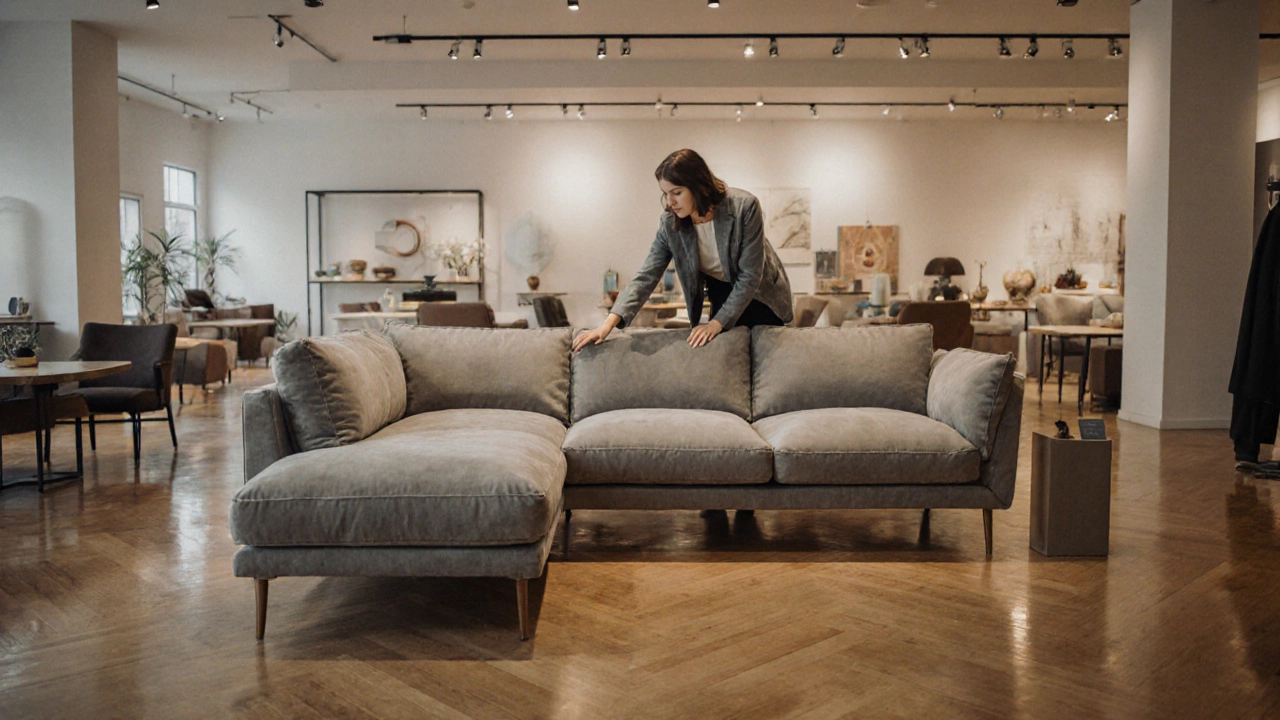How to Negotiate Furniture Price and Secure the Best Deal
When working with negotiate furniture price, the act of discussing cost, terms, and value of furniture purchases with sellers or makers. Also known as price negotiation, it helps you get better deals while ensuring fair pay for creators. Whether you're eyeing custom furniture, pieces made to order that fit exact dimensions or styles or browsing artisan furniture, hand‑crafted items created by skilled makers, knowing how to negotiate can save you a lot. Even simple discount negotiation, asking for a reduction or added value like free delivery can make a big difference.
Why mastering price negotiation matters
Negotiating isn’t just about cutting the sticker price; it’s about understanding the full value package. A well‑timed request for a discount can unlock extra perks—free upholstery protection, extended warranties, or complimentary assembly. Buyers who know the market see that furniture pricing often fluctuates with seasonal sales, raw material costs, and stock levels. By asking the right questions, you can uncover hidden margins that retailers are willing to reduce, especially on bulk orders or when a showroom needs to move older stock. This approach works for mass‑market retailers just as well as for boutique workshops that craft bespoke pieces.
One practical tactic is the "anchor and adjust" method. Start by mentioning a lower price you’ve seen elsewhere, then let the seller counter. Even if they don’t match it, they’ll often meet you halfway or throw in an added benefit. Another tip is to bundle items—pair a sofa with a coffee table or a set of chairs—to increase the overall order value while giving the seller a reason to offer a discount. Don’t forget to ask about price‑matching policies; many stores will beat a competitor’s quoted price if you provide proof.
Timing plays a huge role, too. End‑of‑month, end‑of‑quarter, and major holiday sales periods are when sales staff have targets to hit and are more inclined to negotiate. Likewise, the slow season for furniture—typically early spring—can be an ideal window to score bargains on outdoor pieces or indoor collections that didn’t sell in the previous year. For custom and artisan pieces, the lead time can be a negotiating lever; offering a flexible delivery window may earn you a price reduction because the maker can schedule work more efficiently.
Negotiating also aligns with ethical buying. When you discuss price openly with an artisan, you demonstrate respect for their craftsmanship and give them the chance to explain cost drivers—high‑grade timber, hand‑stitched upholstery, sustainable sourcing. This conversation often leads to mutually beneficial agreements, such as a slightly higher price for a truly sustainable material or a discount for choosing a locally sourced wood. It ensures you’re not just getting a lower price, but also supporting responsible production.
Armed with these strategies, you’ll find that the act of asking isn’t as scary as it seems. The key is confidence, preparation, and a clear idea of what you value most—whether that’s a lower price, added services, or the assurance of quality. Below you’ll discover a curated list of articles that dive deeper into specific scenarios, from spotting cheap sofas to timing your next big purchase.
Ready to put these ideas into practice? Scroll down to explore detailed guides, market trends, and step‑by‑step negotiation checklists that will help you turn any furniture shopping trip into a win‑win experience.
How to Haggle When Buying Furniture: Tips and Tactics
Learn when and how to haggle for furniture, with insider tips, negotiation tactics, retailer comparisons, and a handy checklist to secure better deals.
More
